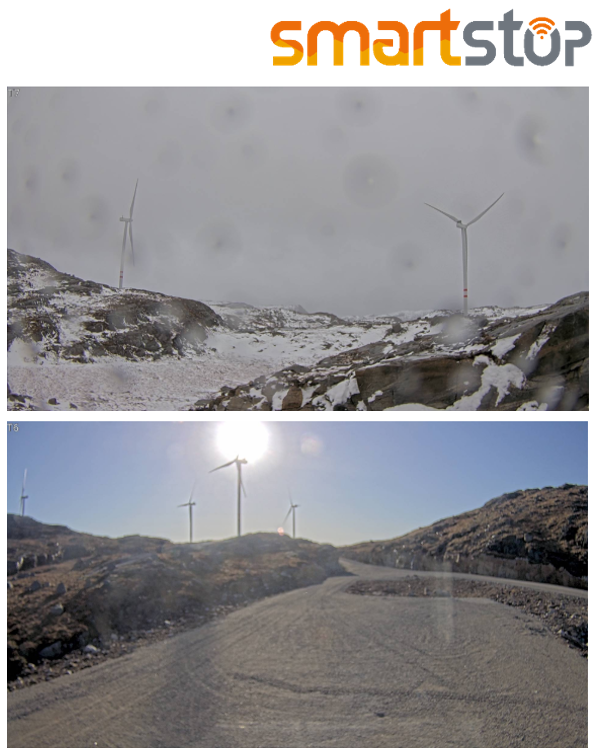Solutions
Our passionate and experienced people deliver successful clean energy projects globally.
Technologies
Driving a clean energy future through state-of-the-art renewable technologies.
See all technologiesResources
Browse our latest resources, including company updates, customer stories, industry insights, and research reports.
See all resourcesCareers
Join a collaborative team of passionate individuals who engage in meaningful, stimulating, and world-changing work.
Learn moreAbout RES
We live our mission, celebrate the people making it happen and transform the way the world produces and consumes energy.
See about usOur offices
Like our business, we’re truly global – but proudly local. Find contact and location details for every RES office.
Contact us-
Home
/
Resources
/
Case Studies
/
Using AI to overcome the challenges of shadow flicker
Using AI to overcome the challenges of shadow flicker
by RES | Apr 01, 2021 | Reading time: 2 min

RES has successfully completed the test phase of its new AI powered Dynamic Flicker Optimisation System at a wind farm in Norway.
Shadow flicker is caused when sun light shining directly on residential houses is interrupted by the rotation of a wind turbine’s blades. This can happen at particular times during the day and it changes over the year. The flickering this causes can irritate local residents. This particular wind farm in Norway is located on a hill and when the sun is low on the horizon it can affect residents two kilometres away. Traditionally the solution has been to turn off specific wind turbines during windows of time when shadow flicker could cause an issue meaning a loss in generation. The frustration with this scheduled approach is that if cloud cover means there are no shadows, the asset owner will be losing revenue for no reason.
RES’ Dynamic Flicker Optimisation System (DFOS) uses a type of machine learning algorithm architecture called deep neural network which is inspired by brain functionality and the way neurons connect with each other in order to process information. Using a combination of open source and inhouse expertise, RES’ technical team behind this innovation were able to teach the system to classify images taken from cameras mounted on site. Getting computers to understand images is relatively new technology which involves much more than monitoring brightness levels. It requires building a model from the neural network architecture that can actively learn to classify images, so for example it can distinguish between brightness due to snow covered ground and direct sunlight. Importantly the system can apply judgement on a grey overcast day.
All of this high-tech thinking feeds into RES’ well established and proven SMARTstop software which can control the turbines locally on site. The new Dynamic Flicker Optimisation System is a sibling to RES’ Dynamic Noise Optimisation System which can also curtail turbines when noise levels exceed acceptable levels at neighboring properties.
At this Norwegian site, scheduling turbine stops had previously cost in the region of a 1.9% yield reduction and so the uplift in generation of this new system is significantly improving revenue generation without affecting the amenity of nearby residents.
The Dynamic Flicker Optimisation System can be applied relatively easily at any wind farm, and there are plans to roll this out more extensively across some of the 7GW of renewable assets RES is supporting globally. What’s great is that learnings from previous sites are automatically applied when a new site is added via ‘transfer learning’, and so in other words, the system just gets smarter.
